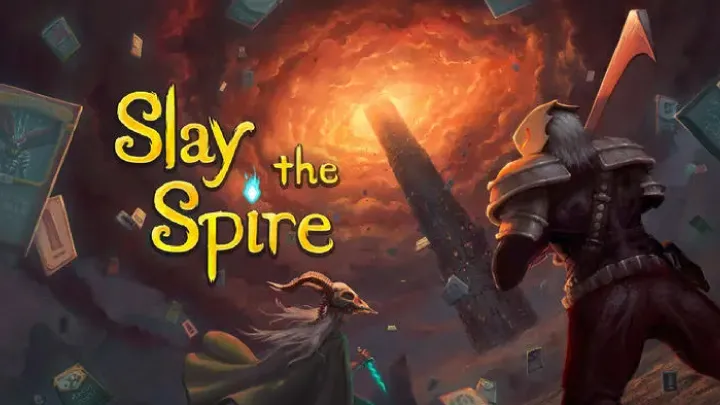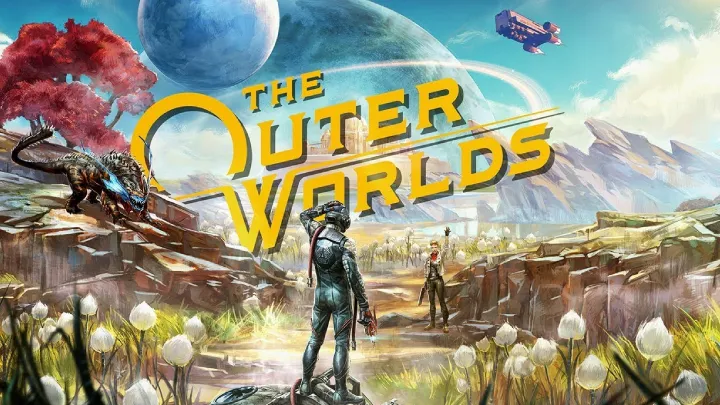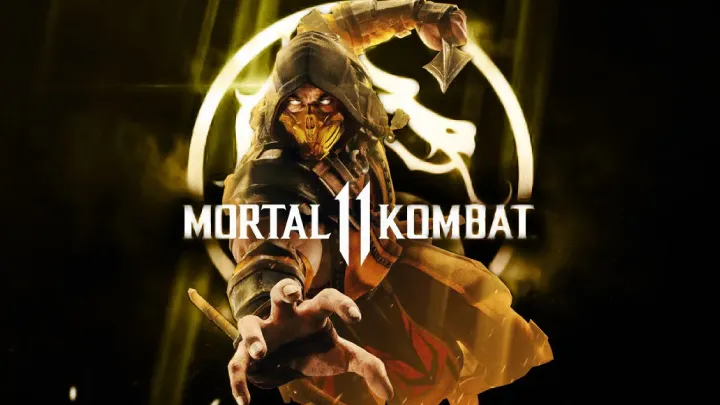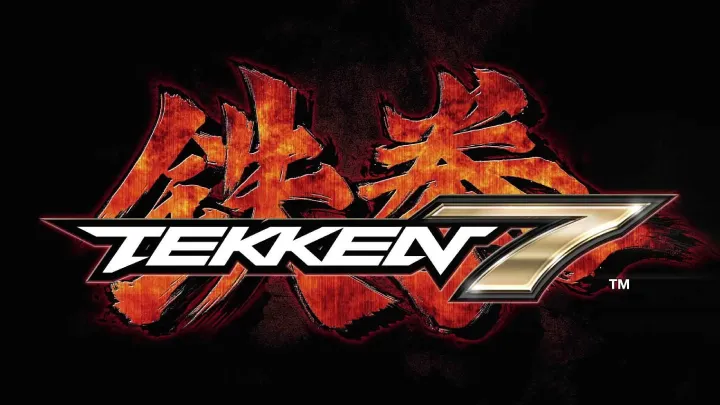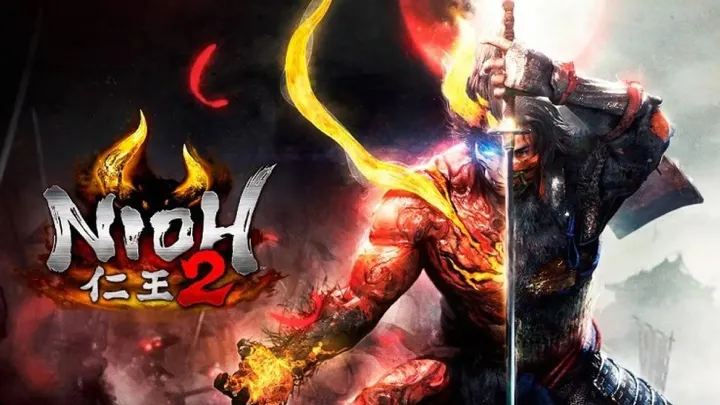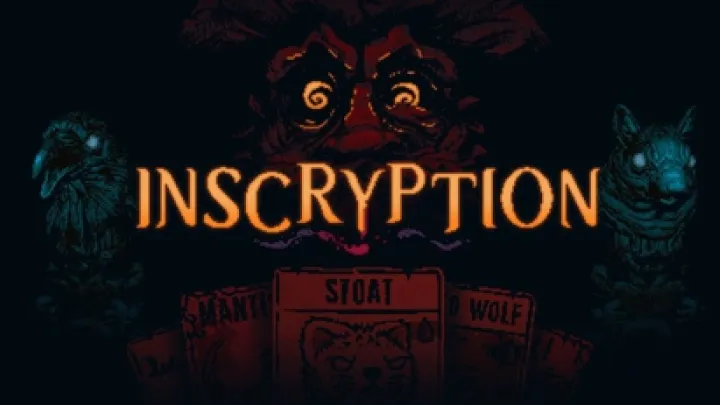
Introduction
Inscryption, developed by Daniel Mullins Games, has garnered attention not only for its unique blend of card game mechanics and horror elements but also for its intricate narrative construction. As players engage with the game, they are immersed in a multi-layered experience that intertwines deck-building, puzzle-solving, and story exploration. However, this complexity introduces a notable issue regarding the balance between gameplay and narrative. Players often find themselves grappling with how to interpret the narrative while engaging with challenging gameplay mechanics, leading to moments of disconnection and confusion. This article explores the duality of gameplay and narrative in Inscryption, examining how they interact, the challenges they pose to players, and the overall impact on player engagement.
The Foundation of Inscryption: Setting the Stage
The Premise of the Game
Inscryption immerses players in a mysterious card game set within the confines of an eerie cabin, where the only way to escape is to defeat a sinister figure known as Leshy. Players are thrust into a world that defies traditional card game mechanics, blending horror tropes with an unsettling atmosphere. The game invites players to explore not only the mechanics of deck-building but also the underlying mysteries embedded in its narrative.
Layers of Gameplay Mechanics
The mechanics in Inscryption are multifaceted, featuring aspects typical of deck-building games, such as constructing a deck from various cards, managing resources, and making strategic decisions during combat. However, the addition of environmental puzzles and narrative-driven choices separates Inscryption from traditional card games, encouraging players to think beyond mere card strategies.
The Role of Narrative Structure
Unraveling Multiple Story Layers
The narrative in Inscryption unfolds across multiple layers. On one level, players must navigate the immediate card game against Leshy. On another, there are revelations about the game itself, including its development and backstory. As players progress, they uncover hidden truths, transforming the narrative into a meta-commentary on gaming and player agency.
The Impact of Non-Linear Storytelling
Inscryption employs non-linear storytelling, allowing players to piece together the narrative from various clues and encounters. This structure fuels intrigue and engagement but can also lead to confusion. Players may feel lost in twisting narratives, lacking clarity about the game's overarching message and how it connects to the gameplay.
Gameplay and Narrative Interplay
The Connection Between Cards and Lore
Each card in Inscryption represents not only a gameplay element but also a piece of lore. Cards have unique abilities that impact combat, while their artwork and flavor texts offer insights into the game’s world. This interplay encourages players to appreciate the lore while engaging with mechanics, but it can also overwhelm them.
The Challenge of Engagement
Many players find that they must continually shift their focus between understanding the intricate mechanics and absorbing the narrative's depth. This dual focus can lead to moments of frustration, as players may miss narrative nuances while concentrating on winning battles, highlighting a potential disconnect in player experience.
The Horrific Atmosphere in Inscryption
Building Tension Through Setting
Inscryption's atmosphere plays a crucial role in its narrative delivery. The haunting art style, unsettling sound design, and strategic pacing create a tension that heightens players' emotional investment. As players delve deeper into the game, the atmosphere reinforces their comprehension of the story, often exploring themes of betrayal and sacrifice.
The Horror Element as a Narrative Device
The inherent horror aspect of Inscryption serves as a narrative device that pushes players to confront their fears and uncertainties. Encounters with disturbing characters and the constant threat of failure enhance the game's narrative impact. However, this emphasis on horror can also make it challenging for players to engage fully with the narrative without becoming overwhelmed by fear.
The Importance of Player Agency
The Role of Decision Making
Player agency is a pivotal element in Inscryption, allowing players to make meaningful decisions regarding their gameplay and story progression. Choices made during card selection, environmental exploration, and encounters significantly impact the player’s experience and the unfolding narrative.
Balancing Freedom and Guidance
While player agency enriches the experience, it necessitates balancing freedom with guidance. Players might feel lost without clear direction, especially when narrative threads intertwine. Providing subtle nudges in player decision-making could enhance narrative clarity without undermining the sense of agency that Inscryption promotes.
Meta-Narrative and Self-Reflection
Commentary on Gaming Culture
Inscryption's narrative delves deep into meta-commentary on gaming culture and player dynamics. Through its mechanics and story, the game reflects on themes like the nature of choice, the consequences of gameplay, and the relationship between creators and players. This reflective approach invites players to engage critically with the game, enhancing their overall investment.
The Connection Between the Player and the Game
Players often find themselves questioning their actions and decisions as they grapple with the game’s themes. By bridging the gap between mechanics and narrative, Inscryption promotes a deeper understanding of what it means to be a player. This connection can lead to satisfying moments of self-discovery and exploration, but it can also induce frustration for those seeking straightforward gameplay.
Narrative Challenges and Player Frustrations
Recognizing Potential Barriers
While the game’s complexity is one of its strengths, it can also serve as a barrier for some players. Those who prefer clear narratives and straightforward mechanics might struggle to navigate the intricacies of Inscryption. This disconnect can lead to fatigue or disengagement, as the narrative weight can become burdensome.
The Risk of Alienation
The intricate interplay of mechanics and narrative might not resonate with all players. A minority may feel alienated by the game’s design choices, especially if they struggle to connect the dots amid the complexity of the narrative. This alienation can impact player retention and satisfaction, raising questions about how to fine-tune narrative delivery for a broader audience.
Enhancing Narrative Clarity
Recommendations for Improvement
To enhance the experience and address disconnects between gameplay and narrative, developers might consider introducing features that reward players for exploring the lore in tandem with gameplay. This could include in-game journals or more explicit hints that guide players toward understanding the story context.
Redefining Player Experience
Redefining the player experience to foster a more seamless blend of gameplay and narrative engagement is essential. Introducing more engaging tutorials or narrative flashbacks could help players navigate both aspects more comfortably, ensuring that lore is easily accessible while fostering deeper interest in the narrative.
Conclusion
Inscryption presents a fascinating tapestry of narrative and gameplay that immerses players in a multi-layered experience. While its non-linear storytelling, intricate mechanics, and horror elements contribute to its uniqueness, the disconnect between these components can pose challenges for players seeking clarity and engagement. By considering ways to improve narrative delivery and ensuring that gameplay mechanics align with the overarching story, developers can create a more cohesive experience that resonates with a broader audience. As players continue to unravel the mysteries within Inscryption, ongoing dialogue about the interplay of gameplay and narrative will be pivotal in shaping the future of immersive storytelling in games.










